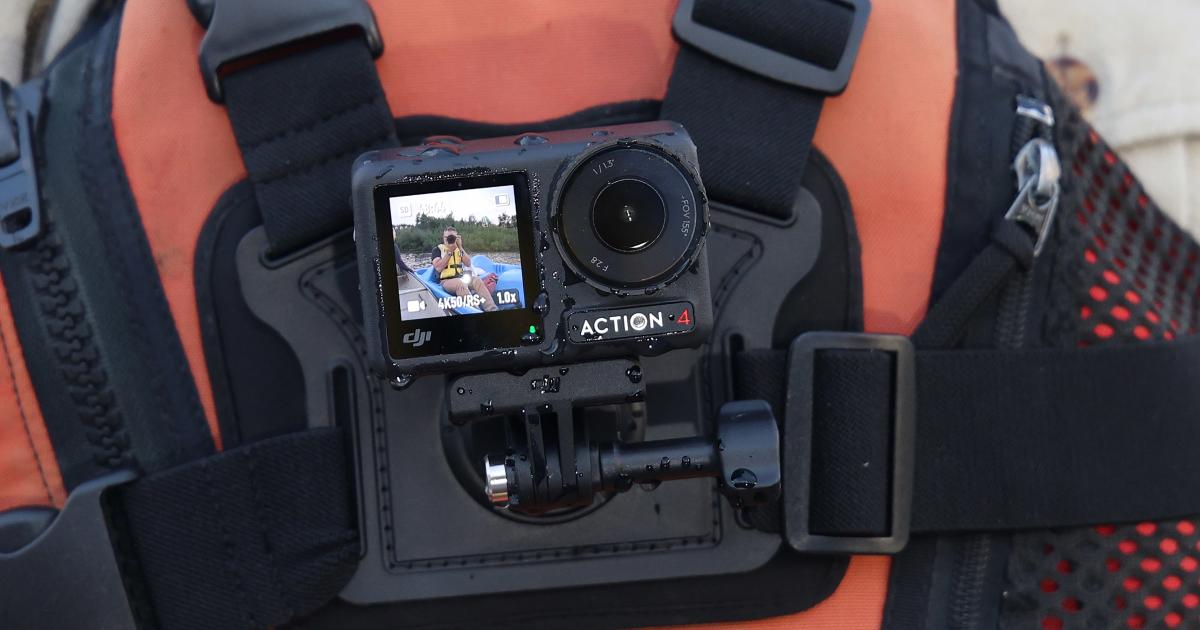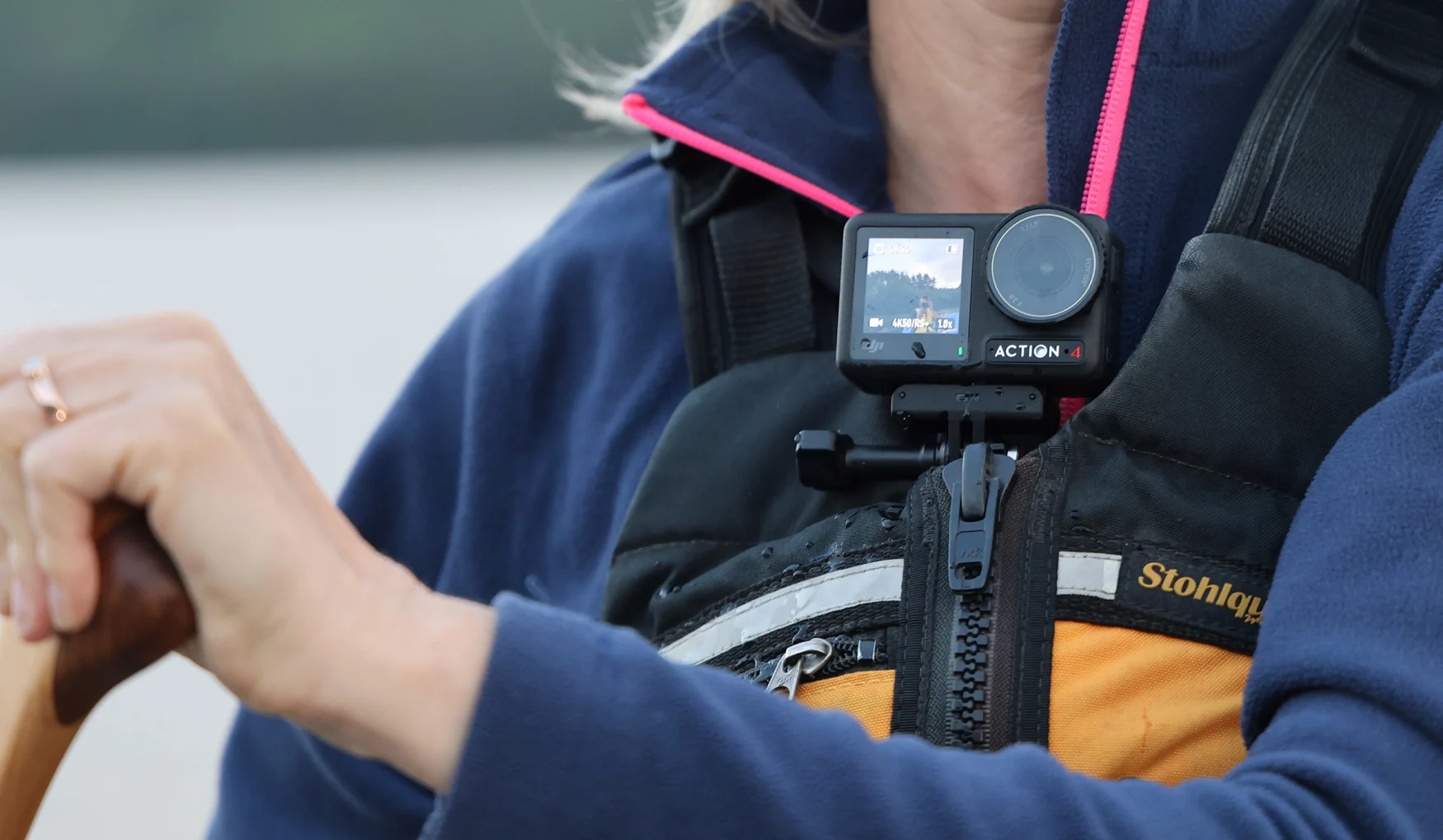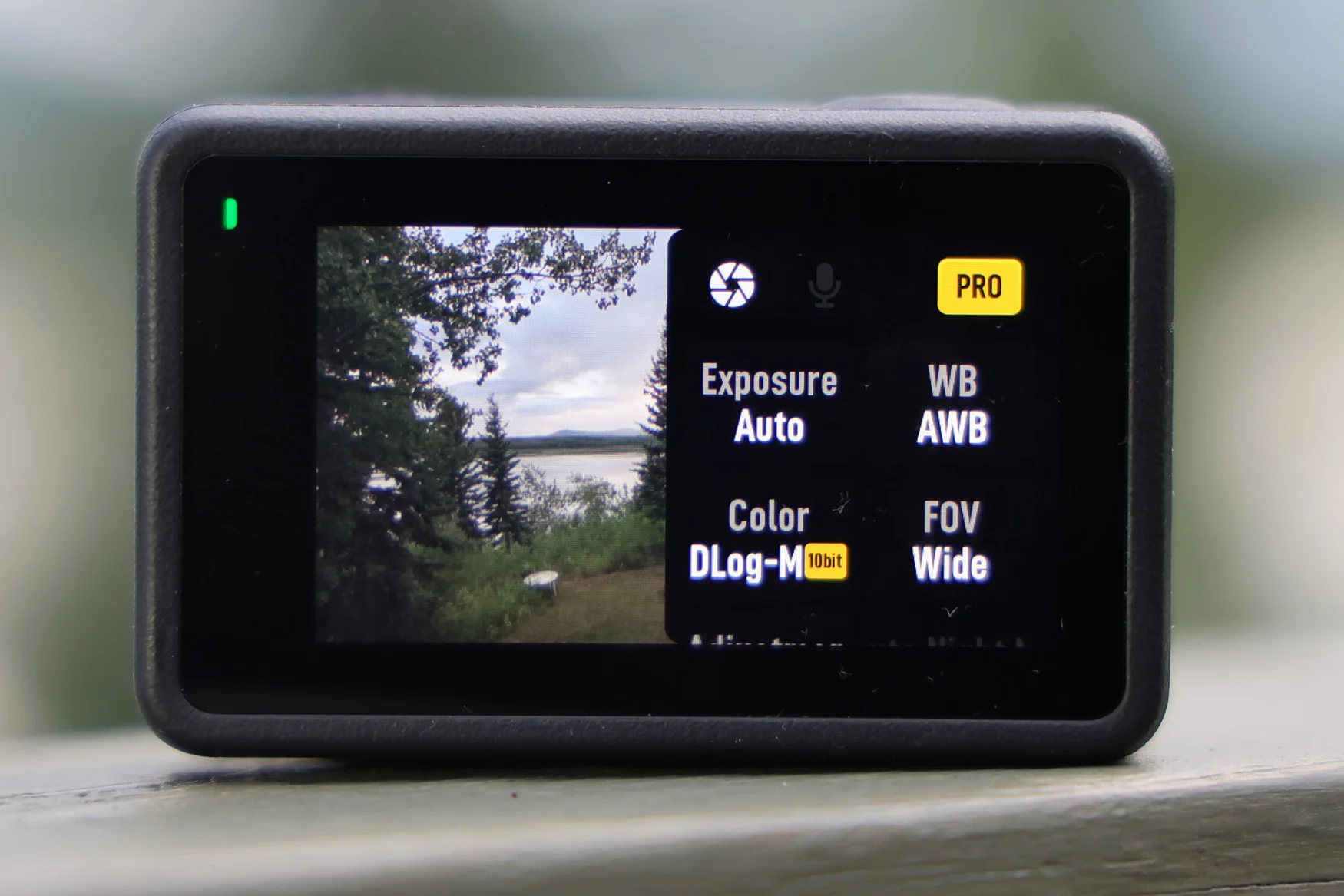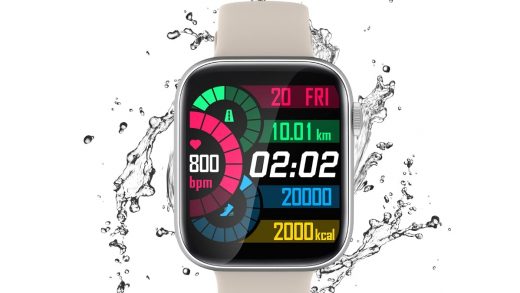
Less than a year after launching the Action 3, DJI has unveiled the Osmo Action 4 with an improved camera that makes it better in low light. It now packs a larger 1/1.3-inch sensor (the same one on the Mavic 3 Pro, the Mini 3 Pro and Air 3 drones), compared to a 1/1.7-inch sensor on the previous model and the 1/1.9-inch sensor found on the GoPro Hero 11. It also introduces D-Log M, improving dynamic range significantly over the Action 3.
Not much else on the Action 4 has changed . It has the same 155-degree field of view and f/2.8 aperture. Video tops out at 4K 120p (10-bit HDR) in normal shooting mode. Photo resolution is actually lower than the previous model (3,648 x 2,736 compared to 4,000 x 3,000) and max 4:3 video quality is also down (3,840 x 2,880 instead of 4,096 x 3,072). Meanwhile, the GoPro Hero 11 can shoot 5.3K video at up to 60 fps, 4K at 120 fps and 2.7K at up to 240 fps.
Gallery: DJI’s Osmo Action 4 camera comes with a larger sensor | 16 Photos
Gallery: DJI’s Osmo Action 4 camera comes with a larger sensor | 16 Photos
The Action 4’s design is also identical to the Action 3, with a record button on top and power button on the side. The battery compartment/micro SD slot is on the right side and the USB-C port on the left (looking from the front). The battery is the same 1770 mWh model as before, with 150 minutes of recording time — and just 18 minutes of charging time to get the battery to 80 percent. A microSD card is required as the Action 4 has no internal storage.
It uses DJI’s nifty magnetic locking system introduced with the last model that eliminates the need for a case to attach accessories. And as before, the Action 4 supports any accessories compatible with a GoPro mount. DJI has a number of its own accessories as well now, including the chest strap mount, helmet chin mount, 60m waterproof case, bike seat rail mount, neck mount, mini handlebar mount, the Osmo Action 360° Wrist Strap and a new a wrist-worn remote to control the Action 4.

Steve Dent for Engadget
It’s now waterproof down to 18m or 59 feet (2m more than before) or 60m (208 feet) with the waterproof case. As before, it comes with a 1.4-inch 320×320 front screen and 2.25-inch 360×640 rear display. Both top out at 750 nits, plenty bright even on sunny days. It comes with three mics and advanced wind noise reduction software that allows for impressive audio recording for such a small device.
It offers the latest version of DJI’s stabilization, Rocksteady 3.0 and Rocksteady 3.0+ to eliminate camera shake in all directions up to the maximum 4K/60fps. It also supports HorizonSteady, which keeps the Horizon level no matter how much you rotate the camera (2.7K max). Meanwhile, HorizonBalancing corrects tilt horizontally within ±45° and allows for stabilized recording at 4K/60fps.
To use the Action 4, you have to first activate it using DJI’s smartphone app, so keep that in mind if you buy one and have a deadline. The app also lets you view and transfer footage, or livestream via WiFi.
Gallery: DJI Action 4 sample images | 7 Photos
Gallery: DJI Action 4 sample images | 7 Photos
So why did DJI release a camera so similar to the last model, less than a year later? Many reviews, including my own, docked the Action 3 for poor low-light image quality, with noticeable artifacts in situations like a forest on a cloudy day— something the GoPro 11 can handle with ease. I also noted that while the stabilization is good, it’s not up to GoPro’s standards, and DJI has updated that function as well.
The Action 4 offers some quality-of-life features like quick-switching between five custom modes, voice prompts that let you know about the current mode, voice control, an upgraded InvisiStick that digitally hides the selfie stick, external mic support and more. DJI also offers the The LightCut app that connects wirelessly to Action 4 via Wi-Fi, allowing for quick previews and auto-editing without the need to transfer footage from the camera.

Steve Dent for Engadget
I had the Action 4 in my hands for a short while, mainly to test image quality with the new sensor. There’s certainly a big improvement there — where the Action 3 showed pixelation and blocky artifacts in low light, the Action 4 largely eliminates those. That means it performs better in situations like cloudy mountain bike rides or underwater footage. Low-light capability is good overall, with noise well controlled for such a relatively small sensor. In that area, it now edges the GoPro Hero 11.
The RockSteady stabilization still leaves a bit to be desired compared to the Hero 11 and even the Insta360 X3 action camera, however. In a quick test with a mountain bike on a trail, it didn’t provide the on-rails level of smoothness I’ve seen on rival models. If you don’t mind slightly more zoom, though, RockSteady+ gets very close to those levels.
Gallery: DJI Action 4 camera press images | 11 Photos
Gallery: DJI Action 4 camera press images | 11 Photos
As before, the Action 4 could be a good option for content creators looking for high-quality footage, or folks who want to match their video with DJI’s drones and other products. The price has gone up considerably over the $329 Action 3, though — it’s now available for $399. That makes it a tough sell against the GoPro Hero 11, which now carries the same price.
If you’re starting from scratch, the Adventure Combo (above) is a far better deal at $499, giving you the camera plus three batteries, the Horizontal-Vertical ProtectiveFrame, a quick-release adapter mount, a mini quick-release mount, a curved adhesive base, two locking screws, a USB-C cable, the multifunction battery case, a 1.5 extension rod, an action lens hood and an anti-slip pad.
All products recommended by Engadget are selected by our editorial team, independent of our parent company. Some of our stories include affiliate links. If you buy something through one of these links, we may earn an affiliate commission. All prices are correct at the time of publishing.


